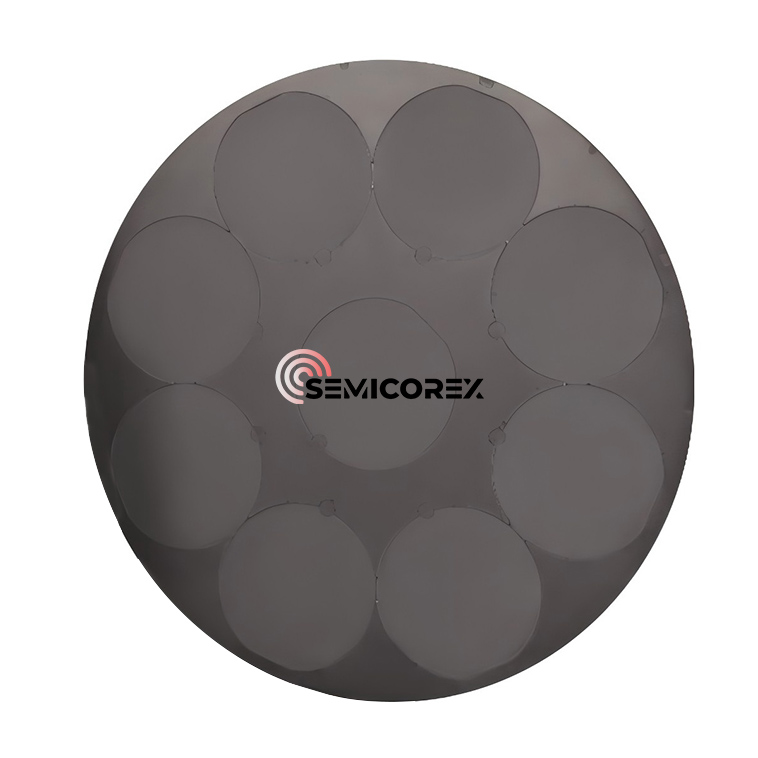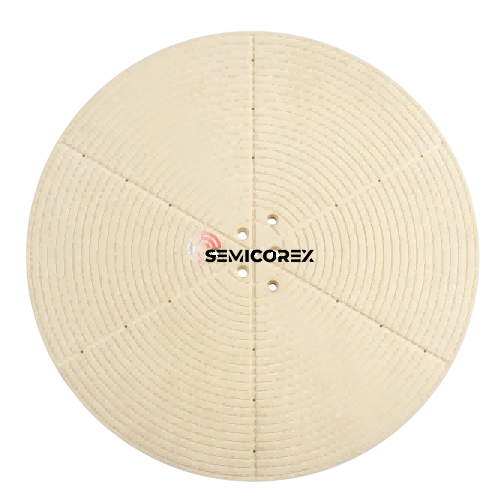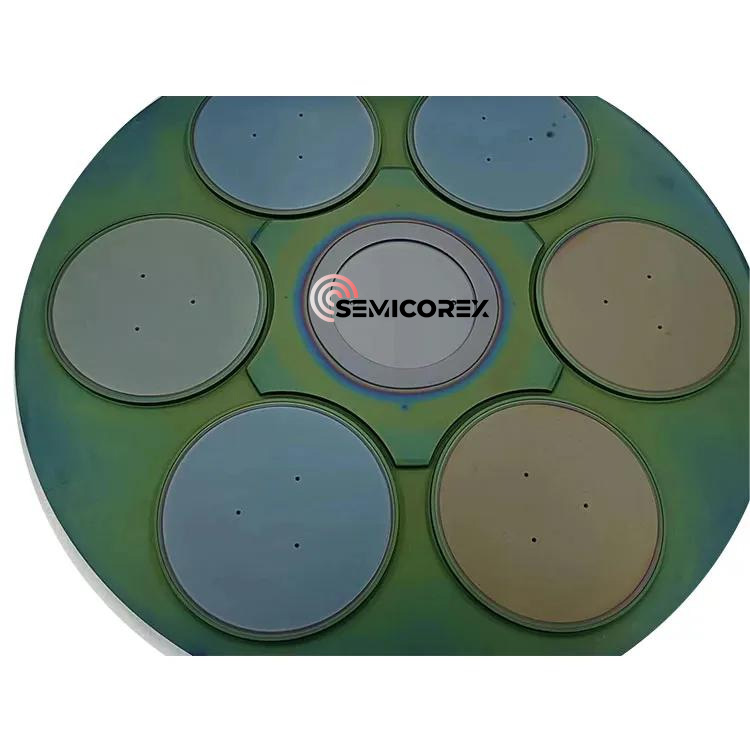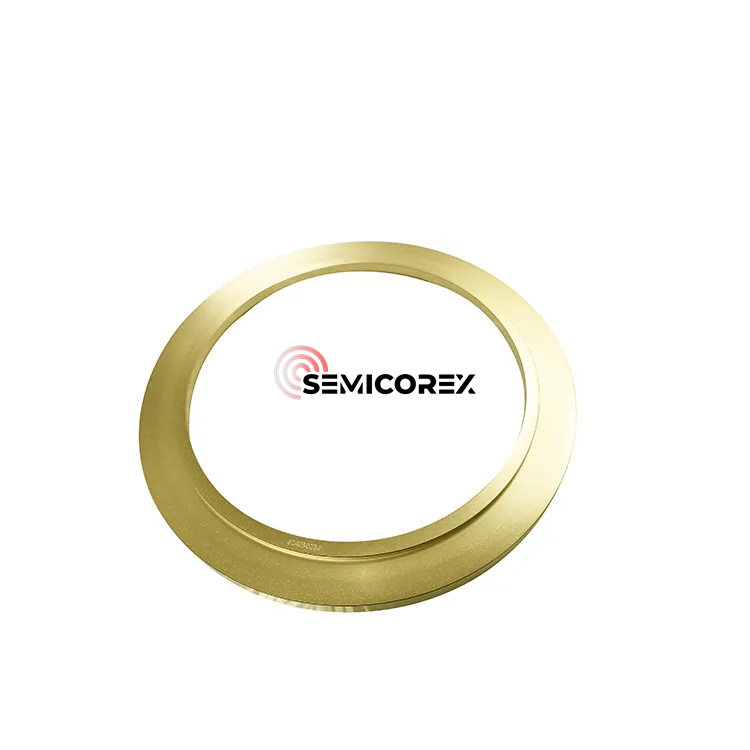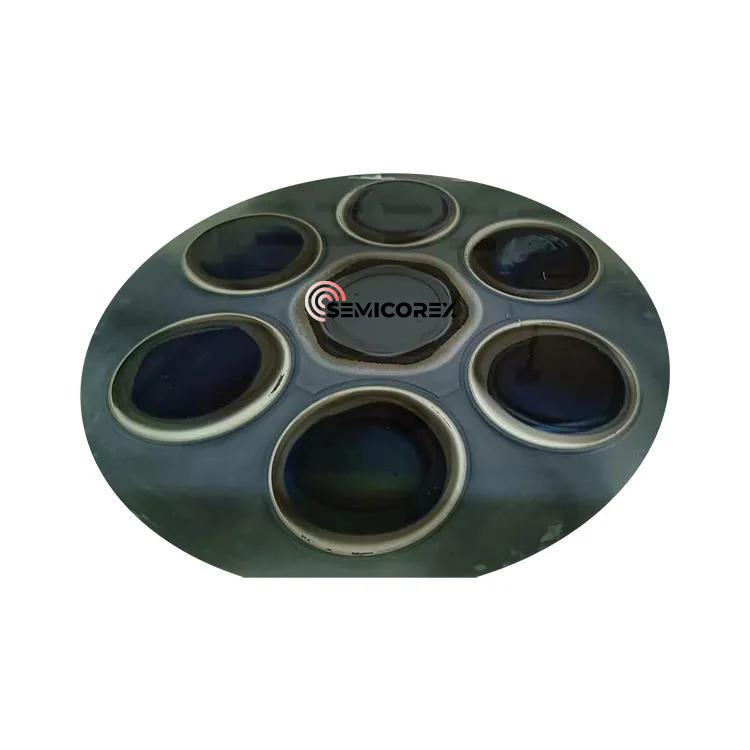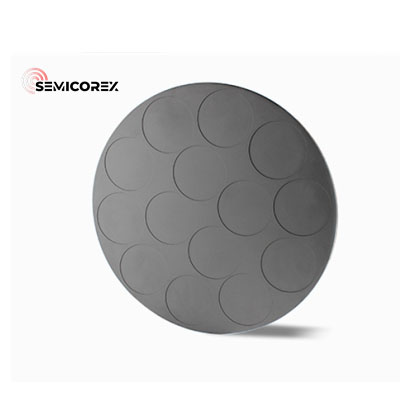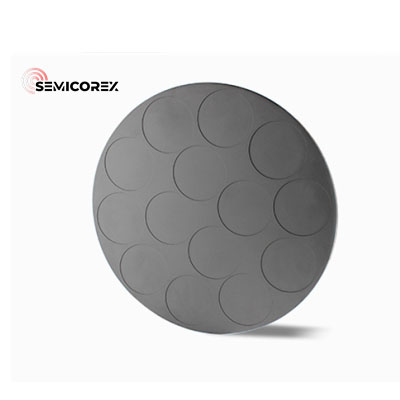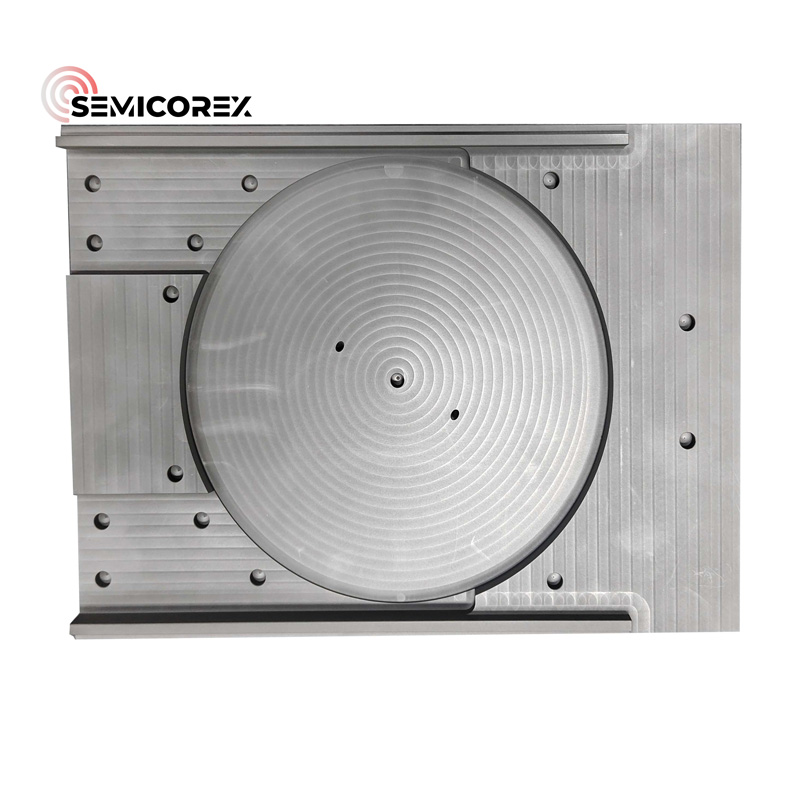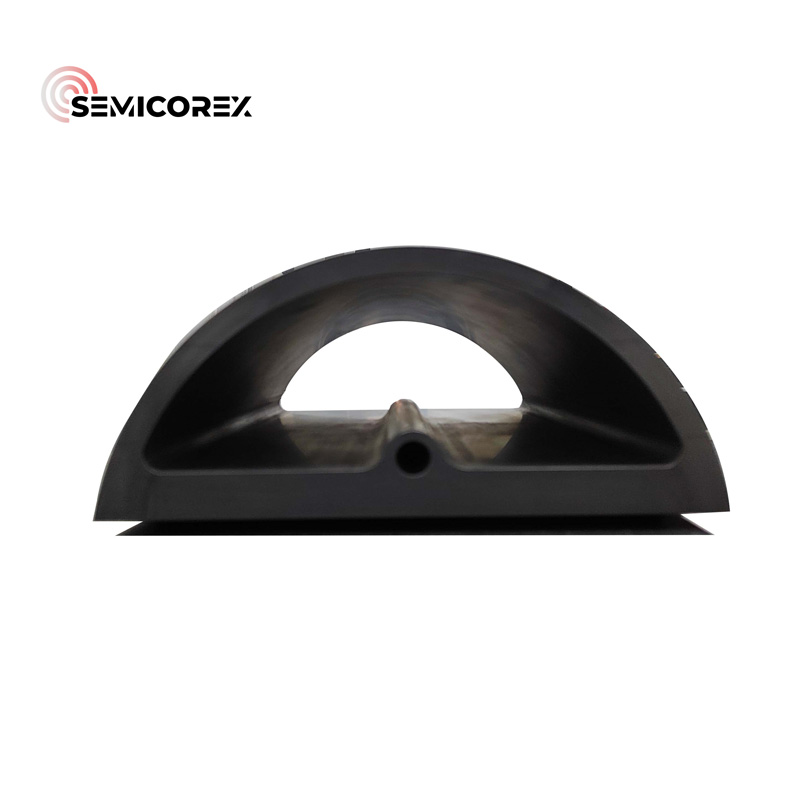
- English
- Español
- Português
- русский
- Français
- 日本語
- Deutsch
- tiếng Việt
- Italiano
- Nederlands
- ภาษาไทย
- Polski
- 한국어
- Svenska
- magyar
- Malay
- বাংলা ভাষার
- Dansk
- Suomi
- हिन्दी
- Pilipino
- Türkçe
- Gaeilge
- العربية
- Indonesia
- Norsk
- تمل
- český
- ελληνικά
- український
- Javanese
- فارسی
- தமிழ்
- తెలుగు
- नेपाली
- Burmese
- български
- ລາວ
- Latine
- Қазақша
- Euskal
- Azərbaycan
- Slovenský jazyk
- Македонски
- Lietuvos
- Eesti Keel
- Română
- Slovenski
- मराठी
- Srpski језик
SiC ALD Susceptor
Semicorex SiC ALD Susceptor offers numerous advantages in ALD processes, including high-temperature stability, enhanced film uniformity and quality, improved process efficiency, and extended susceptor lifetime. These benefits make the SiC ALD Susceptor a valuable tool for achieving high-performance thin films in various demanding applications.**
Send Inquiry
Benefits of Semicorex SiC ALD Susceptor:
High-temperature stability: The SiC ALD Susceptor maintains its structural integrity at elevated temperatures (up to 1600°C), enabling high-temperature ALD processes that result in denser films with improved electrical properties.
Chemical inertness: The SiC ALD Susceptor exhibits excellent resistance to a wide range of chemicals and precursors used in ALD, minimizing contamination risks and ensuring consistent film quality.
Uniform temperature distribution: The high thermal conductivity of the SiC ALD Susceptor promotes uniform temperature distribution across the susceptor surface, leading to uniform film deposition and improved device performance.
Low Outgassing: SiC has low outgassing properties, meaning it releases minimal impurities at high temperatures. This is crucial for maintaining a clean processing environment and preventing contamination of the deposited film.
Plasma Resistance: SiC demonstrates good resistance to plasma etching, making it compatible with plasma-enhanced ALD (PEALD) processes.
Long lifespan: The SiC ALD Susceptor’s durability and resistance to wear and tear translate to a longer lifespan for the susceptor, reducing the need for frequent replacements and lowering overall operating costs.
Comparison of ALD and CVD:
Atomic Layer Deposition (ALD) and Chemical Vapor Deposition (CVD) are both widely used thin-film deposition techniques with distinct characteristics. Understanding their differences is crucial for selecting the most appropriate method for a specific application.

ALD vs CVD
Key Advantages of ALD:
Exceptional Thickness Control and Uniformity: Ideal for applications requiring atomic-level precision and conformal coatings on complex geometries.
Low Temperature Processing: Enables deposition on temperature-sensitive substrates and a wider material selection.
High Film Quality: Results in dense, pinhole-free films with low impurities.
Key Advantages of CVD:
Higher Deposition Rate: Suitable for applications requiring faster deposition rates and thicker films.
Lower Cost: More cost-effective for large-area deposition and less demanding applications.
Versatility: Can deposit a wide range of materials, including metals, semiconductors, and insulators.

Thin Film Deposition Method Comparison
![]()
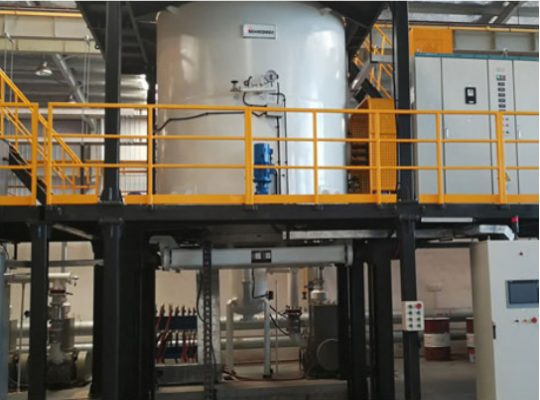
![]()
![]()

